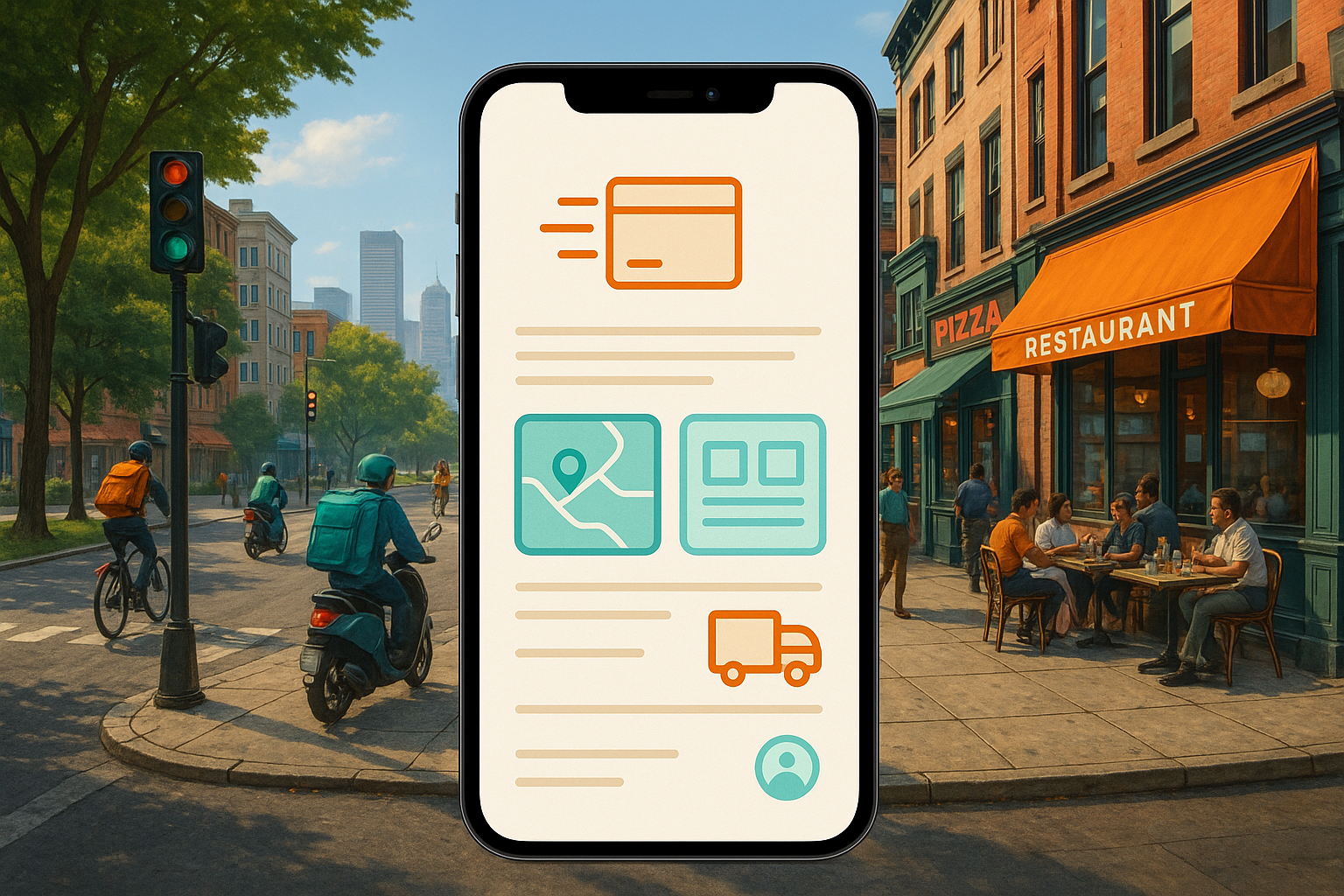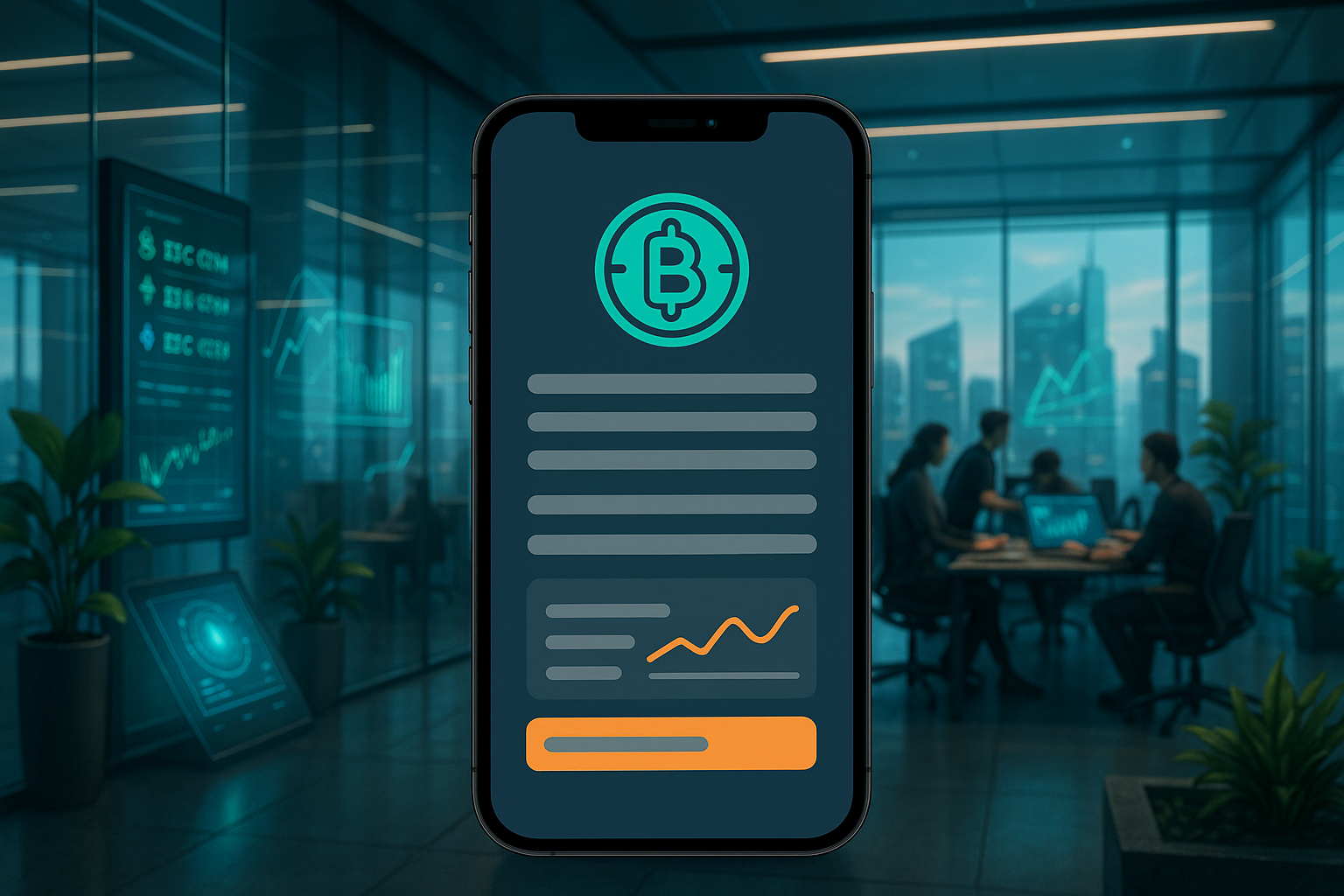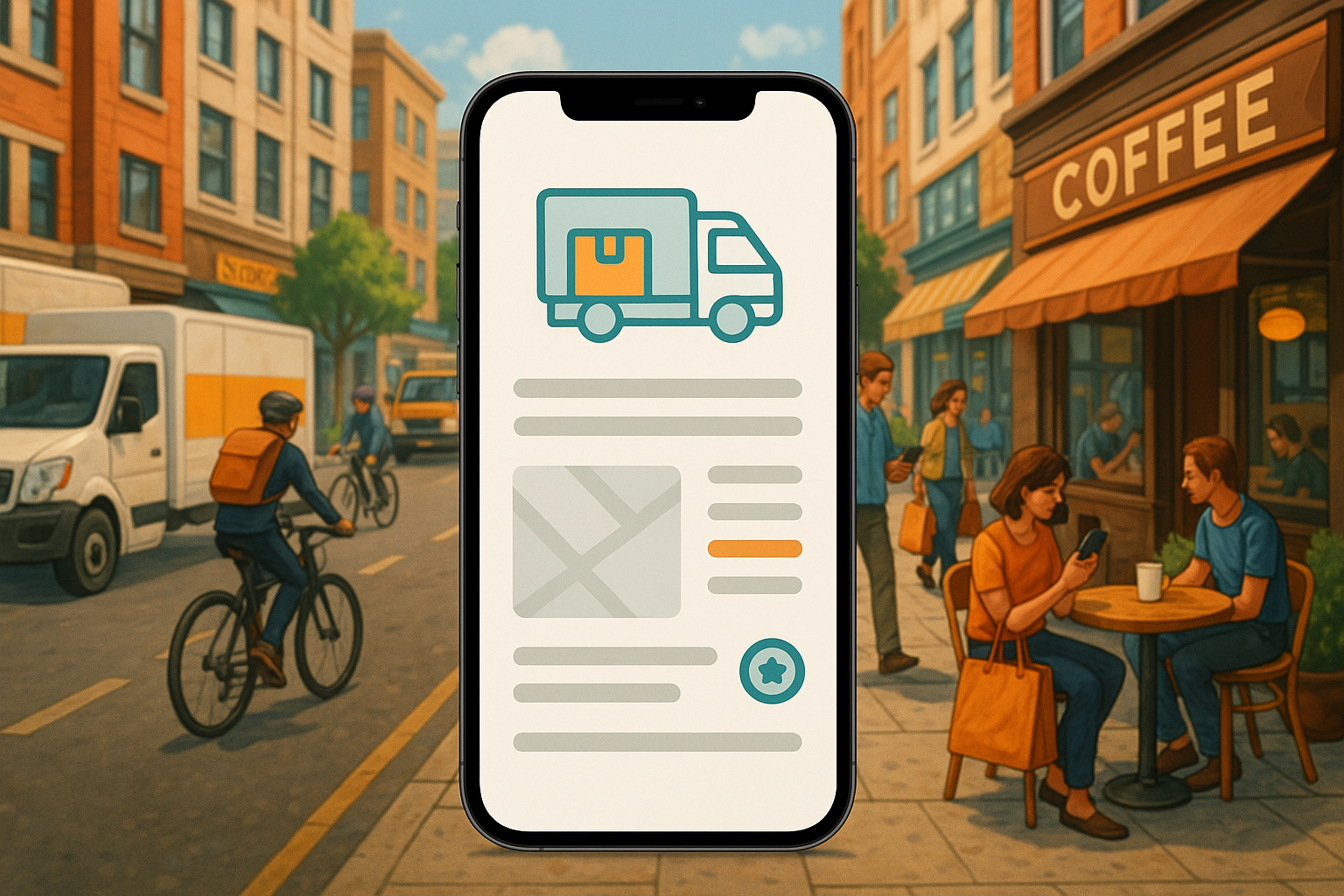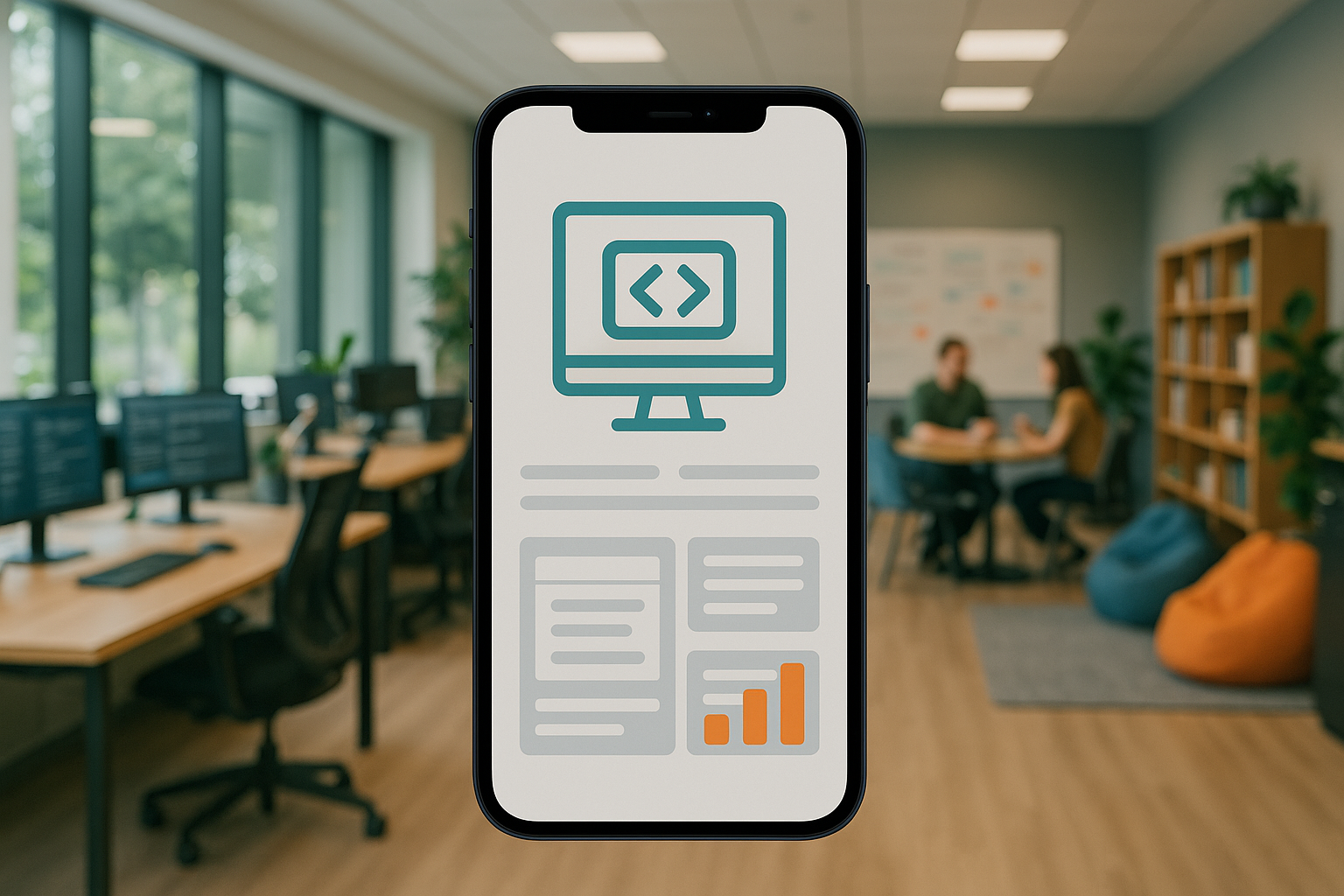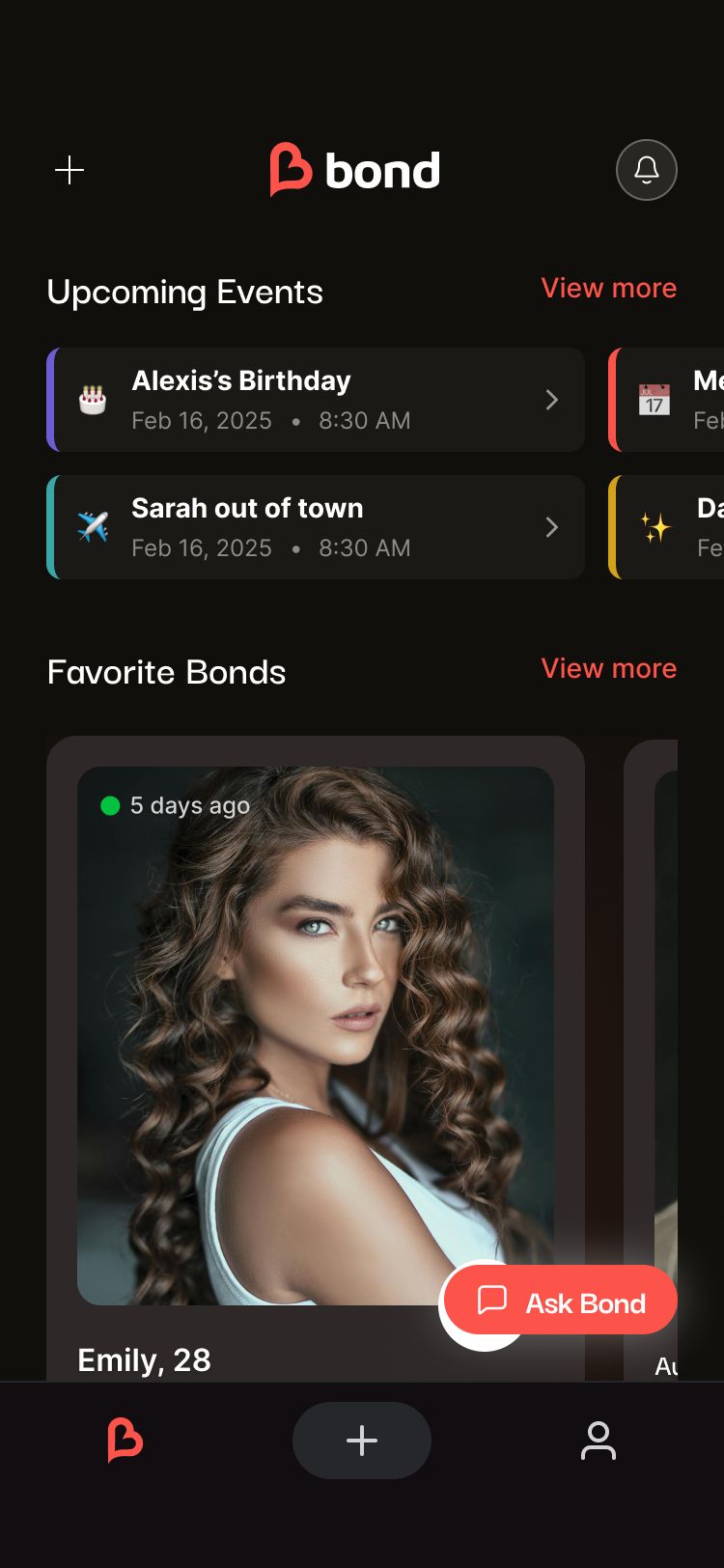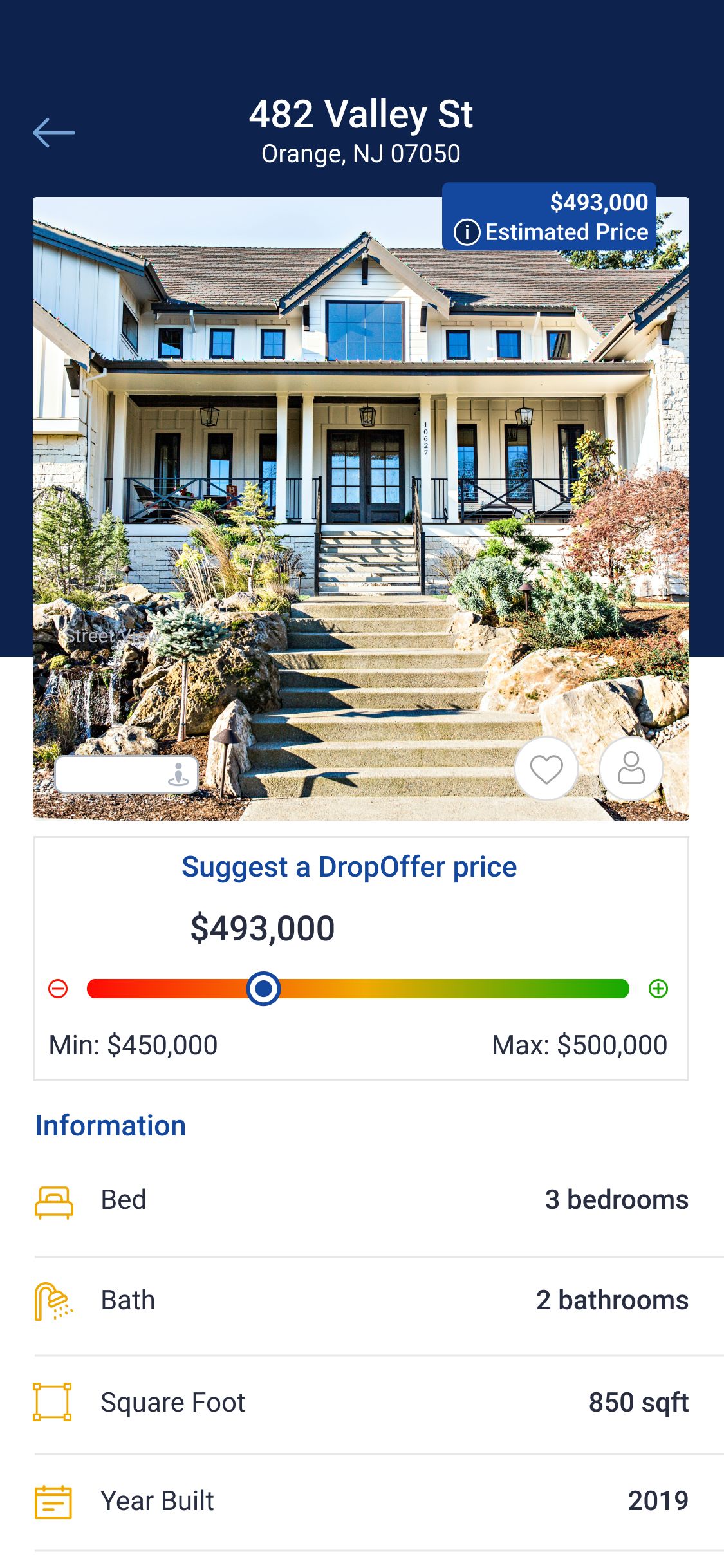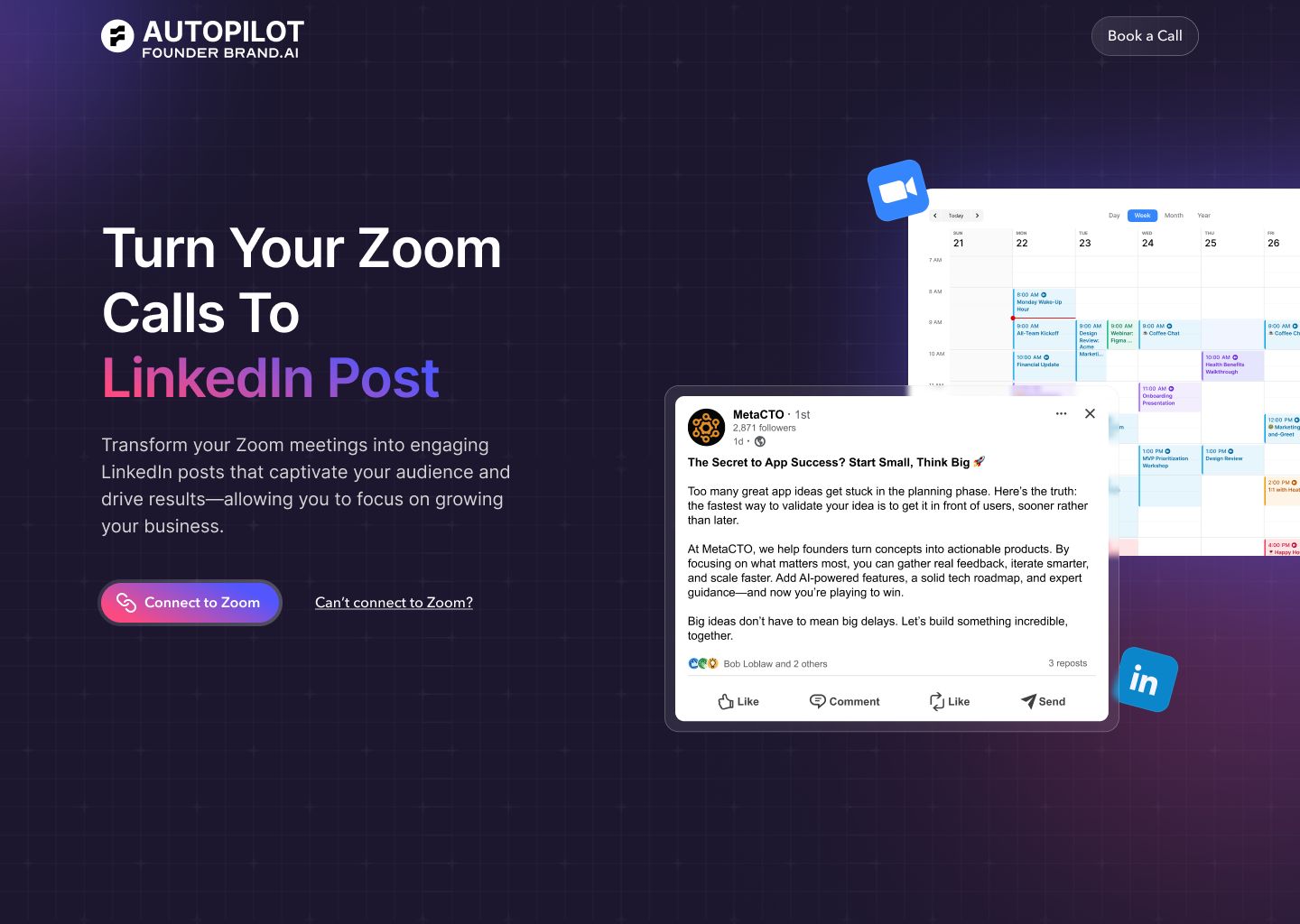Introduction
In today’s fast-paced world, on-demand delivery apps have become an indispensable part of daily life. From a hot meal delivered to your door to weekly groceries arriving just in time, these applications have fundamentally changed consumer behavior and created immense business opportunities. The allure of entering this booming market is strong, but the path to launching a successful delivery app is fraught with technical complexities. Building a robust, scalable, and user-friendly platform in-house is a monumental task that can quickly overwhelm even the most ambitious teams.
The challenge lies not just in writing code, but in orchestrating a complex ecosystem. A functional delivery service requires at least three distinct applications—for the customer, the vendor, and the courier—all managed by a central administrative panel. Each component presents its own unique set of hurdles, from designing an intuitive user interface and choosing the right technology stack to ensuring airtight data security and maintaining flawless performance during peak hours. These are not minor obstacles; they are significant engineering problems that demand deep expertise and experience to solve effectively.
This article serves as a comprehensive guide to understanding the world of delivery app development. We will explore what defines a modern delivery app, dissect the specific technical challenges that make in-house development so difficult, and survey the different types of delivery platforms currently thriving in the market. Furthermore, we will provide a transparent look at the potential costs and introduce the leading development companies that can turn your vision into a reality. As a top US AI-powered app development firm, we at MetaCTO have guided numerous businesses through this intricate process. We understand the pitfalls and the pathways to success, and we are here to help you navigate the journey from concept to launch and beyond.
What is a Delivery App?
At its core, an on-demand delivery app is a digital marketplace that connects consumers with local businesses through a network of couriers. It is a sophisticated software solution that allows users to browse, order, and pay for goods and services—such as food, groceries, or even home services—all from the convenience of their mobile device. The app then facilitates the logistics of getting that order from the provider to the customer’s doorstep in a timely manner.
The concept originated from basic courier and food delivery services but has since evolved into a multifaceted ecosystem. Modern delivery platforms are not just simple order forms; they are complex systems designed to manage a three-sided marketplace:
- The Customer: The end-user who places the order. Their experience must be seamless, intuitive, and engaging, with features like real-time order tracking, secure payment options, and personalized recommendations.
- The Merchant/Vendor: The restaurant, grocery store, or service provider fulfilling the order. They need a dedicated interface to manage their menu or product listings, receive and process incoming orders, and track their earnings.
- The Courier/Driver: The individual responsible for picking up and delivering the order. Their app needs to provide efficient route navigation, order details, and a clear communication channel with both the customer and the merchant.
All these interactions are coordinated by a powerful Admin Panel, a centralized dashboard used by the platform owner to oversee operations, manage users, handle payments, resolve disputes, and analyze business performance. Therefore, creating a single “delivery app” actually involves building a suite of interconnected applications, each tailored to the specific needs of its user base. This multi-app architecture is fundamental to the operation of services like UberEats, DoorDash, and Instacart, and it is a key reason why their development is so resource-intensive.
Reasons That It Is Difficult to Develop a Delivery App In-House
Embarking on the journey of in-house delivery app development is to venture into a field laden with intricate technical and strategic challenges. While the end-user experience may seem simple—tap, order, receive—the underlying infrastructure is profoundly complex. These difficulties span the entire development lifecycle, from initial design to long-term maintenance, and require a level of specialized expertise that most companies do not possess internally.
UI/UX and Design Challenges
The first point of contact with any user is the interface. If it’s confusing, cluttered, or inconsistent, users will quickly abandon the app.
- Consistent Cross-Platform Design: One of the initial hurdles is designing an interface that not only looks visually appealing but also performs flawlessly across a vast landscape of devices and screen sizes. An experience optimized for a flagship iPhone must be just as coherent and functional on a budget Android tablet. This requires a deep understanding of responsive design principles and platform-specific human interface guidelines.
- Strategic Feature Prioritization: A delivery app can be packed with features: order tracking, re-ordering, loyalty programs, reviews, filters, and more. Deciding which features are essential for a minimum viable product (MVP) and where to place them without overwhelming the user is a delicate balancing act. A cluttered interface can lead to decision paralysis, while a lack of key features can render the app useless.
- Capturing User Attention: Modern users have notoriously limited attention spans. The app must capture their interest immediately and guide them intuitively through the ordering process. The onboarding flow, from signing up to placing a first order, must be as swift and frictionless as possible. Striking the right balance between gathering necessary user data (like address and payment info) and providing a quick start is a persistent challenge.
- Ensuring Accessibility: A truly great app is usable by everyone. Incorporating accessibility features for users with disabilities is not an afterthought but a critical design requirement. This involves careful preparation to include options like voice commands for hands-free operation, adjustable font sizes for readability, and high-contrast modes for users with visual impairments.
Technology Stack and Platform Complexity
Beneath the user-facing design lies a foundation of technology that must be robust, scalable, and secure. The choices made here have long-lasting consequences.
- Choosing the Right Technology: The market is flooded with programming languages, frameworks, and databases. Choosing the right technology stack for a delivery platform is a complex decision. Should you build native apps for iOS and Android, which requires separate teams and expertise, or opt for a cross-platform framework? Each choice has trade-offs in terms of performance, cost, and development speed.
- Scalability and Performance: A delivery app must be built for growth. The selected technologies must be able to handle sudden surges in traffic during peak hours (like lunchtime or weekends) or special events without compromising performance. Failing to build a scalable architecture can lead to app crashes, slow response times, and lost revenue, fatally damaging the brand’s reputation. Maintaining smooth performance under load is a significant and ongoing engineering challenge.
- Third-Party Integrations: Delivery apps do not operate in a vacuum. They must seamlessly connect with numerous third-party services, including payment gateways (like Stripe or PayPal), mapping and navigation APIs (like Google Maps), and potentially even restaurant management systems. Ensuring these integrations are reliable and secure, protecting the flow of sensitive data, is a critical and complex task.
- Maintenance and Evolution: Technology is in a constant state of flux. To remain competitive, the app must be continuously updated to incorporate new features, patch security vulnerabilities, and fix bugs. This means keeping the tech stack current with the latest frameworks and OS versions, which is a resource-intensive, perpetual challenge.
- Cost Considerations: The choice of technology has significant cost implications that extend far beyond initial development. A highly scalable, high-performance stack may have higher upfront and ongoing server costs. Balancing these costs with the need for efficiency and future growth requires careful strategic planning.
Personalization and Data Handling
Personalization can dramatically enhance the user experience, but it comes with its own set of challenges.
- Data Privacy: To offer personalized recommendations, the app must collect and analyze user data, including order history, location, and preferences. This immediately raises privacy concerns among users. Building trust requires transparent privacy policies and robust security measures to protect that data.
- Accuracy and Relevance: The success of personalization hinges on the quality of the data. Inaccurate data can lead to irrelevant recommendations—like suggesting steak restaurants to a vegetarian—which hinders the user experience rather than improving it.
- Balancing Recommendations: There is a fine line between helpful suggestions and overwhelming spam. The system must strike the right balance, offering curated choices without making the user feel bombarded.
- Evolving Preferences: User tastes change over time. The personalization algorithms must be dynamic and constantly updated to reflect these shifts, which is a challenging data science problem.
Security
In an age of rampant cyberattacks, security is paramount.
- Protecting Sensitive Data: Delivery apps handle a treasure trove of sensitive information, including names, addresses, phone numbers, and credit card details. The constant threat of hackers finding new ways to breach the system and leak this data makes protecting it an extremely demanding and high-stakes challenge. A single security breach can destroy user trust and the business itself.
Navigating this minefield of challenges requires a seasoned team with diverse specializations in frontend and backend development, UI/UX design, database architecture, cybersecurity, and project management. This is why partnering with a dedicated development agency like MetaCTO is often the most strategic path forward. With over 20 years of experience launching successful projects, we provide the expert guidance and technical horsepower to overcome these hurdles, allowing you to focus on your business goals while we build the technology to achieve them. Explore our Custom Mobile App Development services to see how we can help.
Different Types of Delivery Apps
The on-demand delivery market is not a monolith. It has diversified significantly from its origins in basic food and courier services to cater to a wide array of consumer needs. Understanding these different segments is key to identifying market opportunities and defining a clear business strategy.
Food & Grocery Delivery Specialists
This is the most established and competitive segment of the market, dominated by several key players who have continuously expanded their offerings.
-
UberEats: A global leader in on-demand food delivery, UberEats specializes in connecting users with a vast array of culinary options from local restaurants. Initially focused on prepared meals, it has strategically expanded its scope to include healthy food choices, dedicated vegan and vegetarian menus, and even dessert and beverage delivery. In some markets, UberEats has also ventured into grocery delivery, though its core identity remains tied to restaurant food. Its primary limitation is that it does not cater to other on-demand needs like general household items or services.
-
DoorDash: Starting as a food delivery service, DoorDash has grown into a prominent on-demand platform with a broad spectrum of cuisines and restaurant types. It has aggressively expanded beyond food to include grocery deliveries, alcohol delivery, and even pet supplies in certain areas. To further widen its product range, DoorDash has partnered with local retailers and pharmacies in select markets. However, when it comes to non-food items, its selection is generally not as comprehensive as that of a platform like Amazon Prime Now.
-
Instacart: This app has carved out a niche by focusing specifically on grocery shopping. Instacart’s primary service is delivering groceries and household items from local stores directly to the customer. This includes everything from fresh produce, meat, and dairy to pantry staples. The platform caters to diverse dietary preferences, offering options for organic, gluten-free, and other specialized food items. While it has expanded to include the delivery of alcohol, pet supplies, and personal care items in some regions, its core focus on groceries limits its service range compared to more versatile apps.
Comprehensive & Specialized Service Platforms
Beyond food and groceries, a new wave of apps offers a broader range of products or highly specialized services.
-
Amazon Prime Now: Backed by the logistical might of Amazon, this service is renowned for its exceptionally rapid delivery of a wide range of products. Available to Amazon Prime members, it delivers household essentials, electronics, books, toys, and groceries. Its offerings are enhanced with specialty items like organic products and health and wellness goods. In certain cities, Amazon Prime Now partners with local stores for fresh produce and with restaurants for prepared meal delivery, making it a powerful and versatile player.
-
Amenify: This app represents a unique model focused on providing comprehensive lifestyle and home services. Amenify’s core specialization is in multifaceted home care, with a service range that includes professional cleaning, chore assistance, car washing, handyman services, and even pet services. While it has extended its platform to include food and grocery delivery, its primary distinction is as a one-stop-shop for managing household needs, setting it apart from food-centric competitors.
-
Other Specialized Apps: The on-demand model has also been successfully applied to more niche markets. Specialized apps exist to handle services like laundry pickup and delivery or to provide on-demand home care services, demonstrating the flexibility of the business model.
The future of on-demand delivery will likely see even further expansion into new areas. We can expect to see more apps dedicated to gourmet foods, healthcare products, and deeper integrations with a wide variety of local businesses, creating a hyper-convenient and interconnected local commerce ecosystem.
Cost Estimate for Developing a Delivery App
One of the most critical questions for any entrepreneur entering this space is: “How much will it cost?” The development cost for a delivery app is substantial, reflecting the complexity of building a multi-faceted platform. Based on industry analysis, the total cost to develop a comprehensive delivery app solution typically revolves around $70,000 to $150,000.
This figure is derived from the extensive development hours required. A full build-out is estimated to take between 2,800 and 3,000 hours of work. At a competitive blended rate of $50 per hour, this translates directly to the six-figure investment range. The cost is driven by the fact that you aren’t building a single application, but an entire ecosystem.
A complete delivery platform requires four distinct software components:
- Consumer App: The app used by customers to place orders.
- Merchant App: The app used by restaurants or stores to manage orders.
- Courier App: The app used by drivers to accept and complete deliveries.
- Admin Panel: The web-based dashboard for platform administrators to oversee the entire operation.
Each of these components requires a dedicated development effort. A typical project involves at least two developers working on each of the three main apps (for Android, iOS, and the backend), with an approximate completion time of 3.5 months per app. The admin panel is slightly less complex and can often be built by two developers in just over 8 weeks.
Here is a breakdown of the estimated time and starting costs for each component:
| Component | Development Time (hours) | Estimated Cost (starting from) |
|---|---|---|
| Customer App | 700-900 | $35,000 |
| Courier App | 700-900 | $35,000 |
| Merchant App | 700-900 | $35,000 |
| Admin Panel | 400-500 | $10,000 |
It is important to view these figures as a starting point. The final cost can vary based on feature complexity, the technology stack chosen, and the development partner’s rates.
At MetaCTO, we understand that this level of investment can be daunting, especially for startups. That’s why we specialize in strategies that maximize value and mitigate risk. Our Rapid MVP Development service allows you to launch a streamlined, core version of your app in 90 days or less. This approach enables you to validate your business idea, gather crucial user feedback, and attract investors on a much tighter budget and timeline, ensuring you build a product the market truly wants before committing to a full-scale investment.
Top Delivery App Development Companies
Choosing the right development partner is arguably the most critical decision you will make. An experienced agency brings not only technical skills but also strategic insight, industry knowledge, and a proven process that can save you time and money while ensuring a superior final product.
1. MetaCTO
As a leading US-based AI-powered mobile app development firm, we at MetaCTO stand at the forefront of technological innovation and execution. With 20 years of app development experience and over 120 successful projects launched, we have a proven track record of transforming ambitious ideas into market-leading applications. We are the trusted partner for brands big and small, and our 5-star rating on Clutch reflects our unwavering commitment to client success.
What truly sets us apart is our comprehensive, end-to-end approach to app creation. We are with you every step of the way:
- Validate: We don’t just build; we first ensure you’re building the right thing. Our 90-day MVP service helps you quickly test your concept, gather real-world feedback, and secure funding.
- Build: Our expert team handles the entire development process—from UI/UX design and architecture to coding and launch—delivering a polished, high-performance app that provides a smooth user experience from day one.
- Grow & Monetize: Launch is just the beginning. We use analytics and A/B testing to optimize user acquisition, engagement, and retention. We also help you implement effective monetization strategies, whether through subscriptions, in-app purchases, or ads, to turn your app into a profitable business.
- Evolve: As your business scales, we ensure your app evolves with it. We leverage the latest technology, including our deep expertise in AI Development, to keep your platform competitive and cutting-edge.
Our process is designed to go to market faster, slash development costs, and provide the expert guidance needed to navigate the complexities of app development.
2. JetRuby
JetRuby is another leading company in the development space, with a strong focus on food ordering mobile applications. With over 15 years of experience, JetRuby has transformed hundreds of business ideas into successful projects for a global clientele. They are the trusted choice of major brands such as the Financial Times, GoPro, and Pyro Music, having served over 250 global brands.
JetRuby’s approach is defined by a commitment to client collaboration and technical excellence. They emphasize constant communication throughout the development process, incorporating client feedback to ensure the final product aligns perfectly with the vision. Their team of passionate developers, from diverse backgrounds around the globe, specializes in creating custom food delivery applications with innovative features and a scalable architecture. Furthermore, JetRuby takes full responsibility for maintaining projects during and after development, providing constant support and maintenance through a dedicated customer support team. Their expertise helps clients save both time and money while delivering top-notch digital solutions.
Conclusion
Building a delivery app is a complex but potentially rewarding venture. As we have explored, the journey is filled with significant challenges, from designing an intuitive and accessible user interface to engineering a scalable and secure backend architecture capable of managing a three-sided marketplace. The on-demand market is diverse, with apps specializing in everything from food and groceries to comprehensive home services, each with its own set of functional requirements.
The financial investment is also considerable, with development costs for a complete platform often reaching well into six figures due to the need to build separate applications for customers, merchants, and couriers, all governed by a central admin panel. Faced with this complexity, the choice of a development partner becomes paramount. An experienced firm can mean the difference between a stalled project and a successful market launch.
At MetaCTO, we specialize in navigating this complex terrain. With two decades of experience and a portfolio of over 120 successful apps, we have honed a process that transforms big ideas into market-ready products efficiently and effectively. We don’t just write code; we partner with you to validate your vision, build a robust product, grow your user base, and evolve your technology for long-term success.
If you are ready to bring your delivery app idea to life, don’t go it alone. Let our expertise be your advantage. Talk with a MetaCTO expert today to discuss your project and get a clear plan to build your app the right way, from day one.
